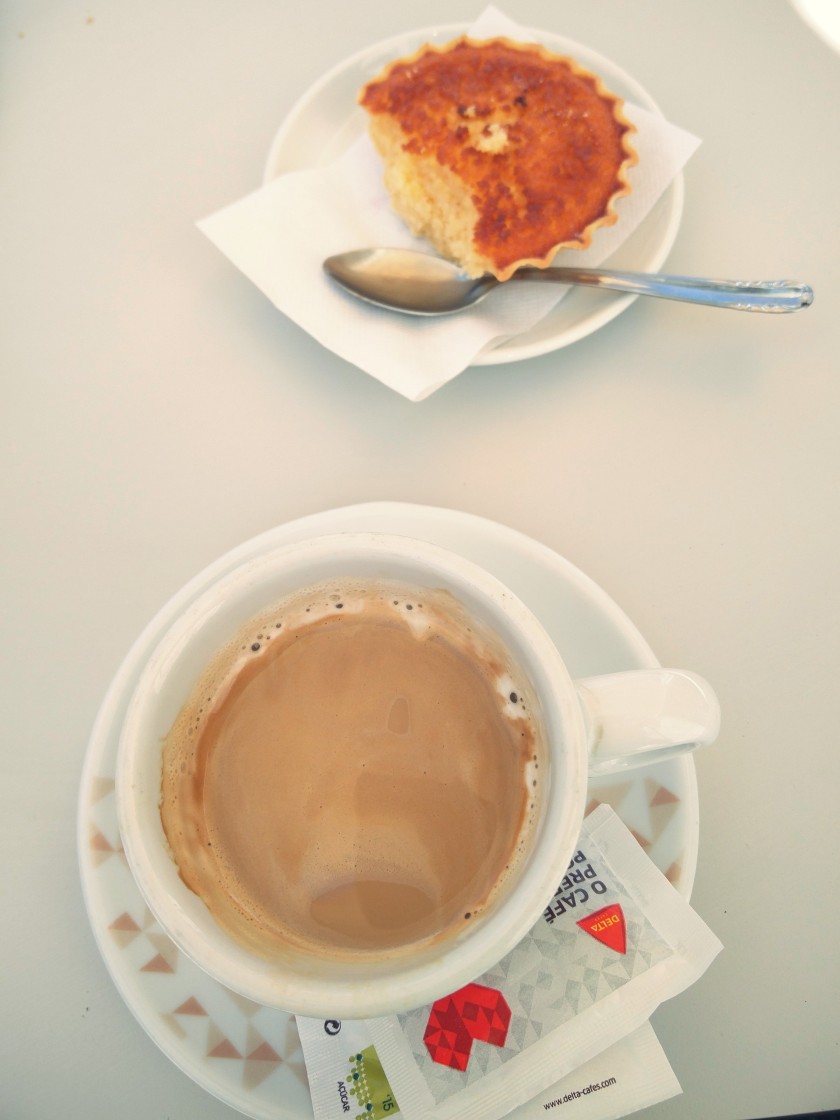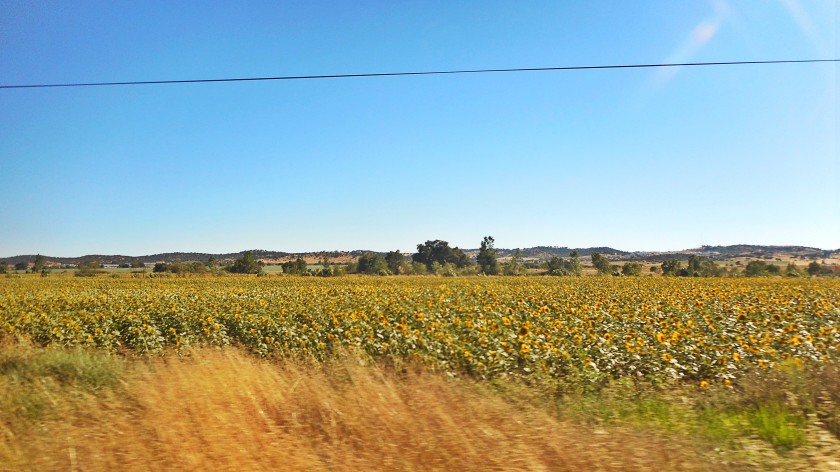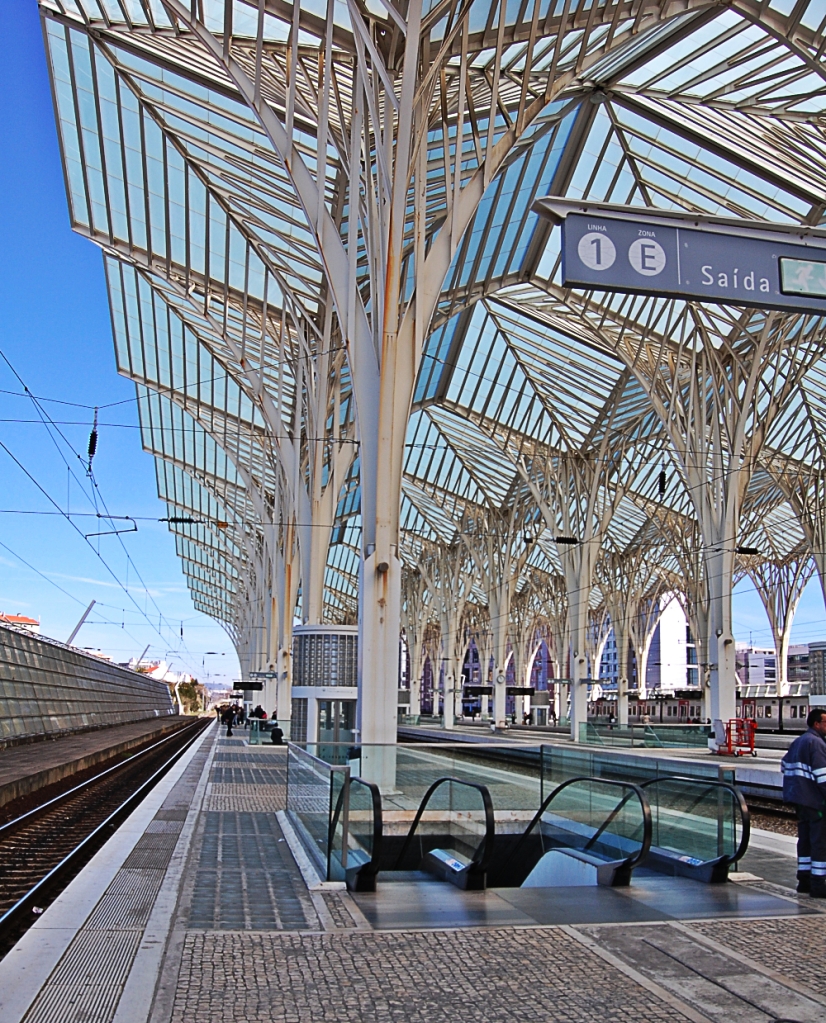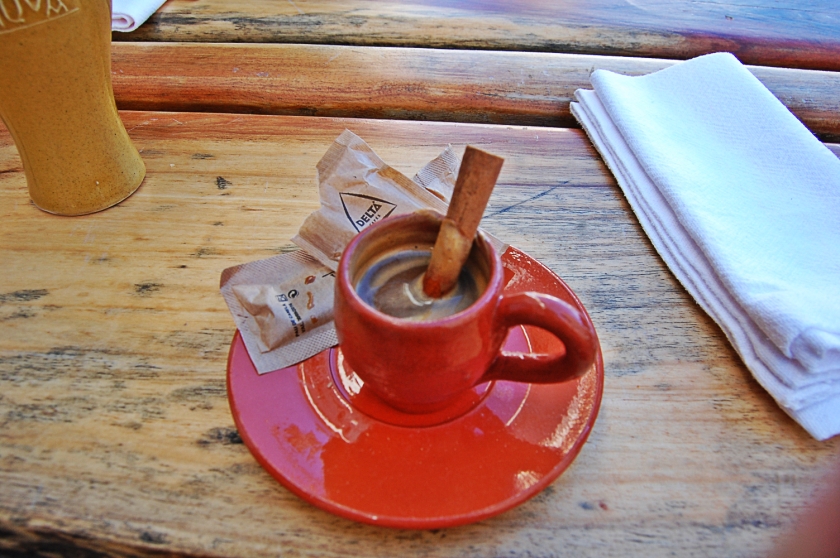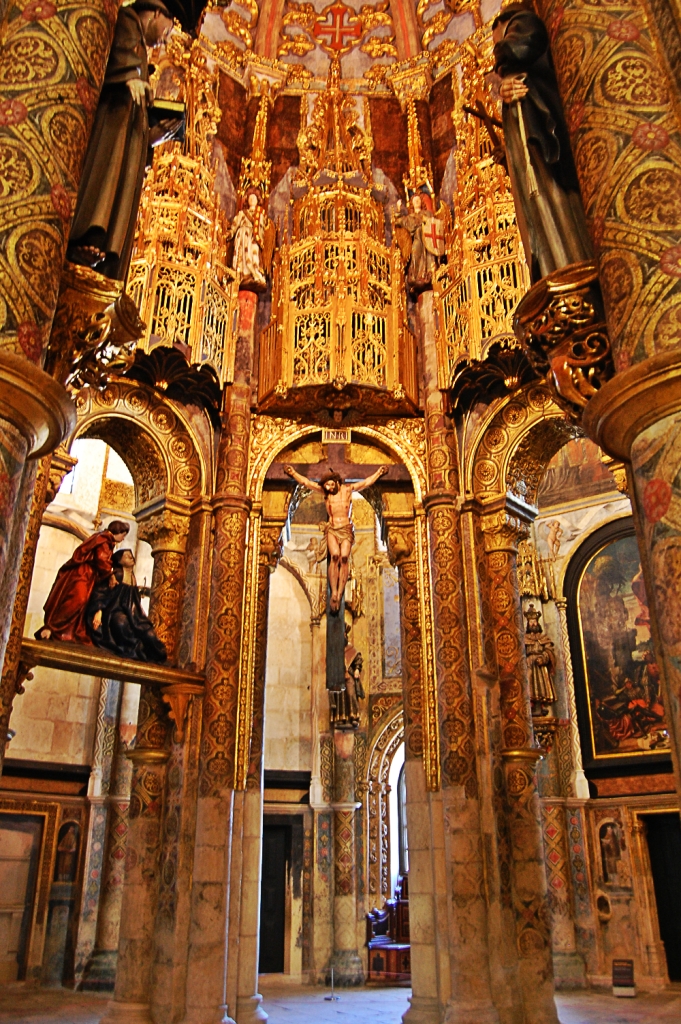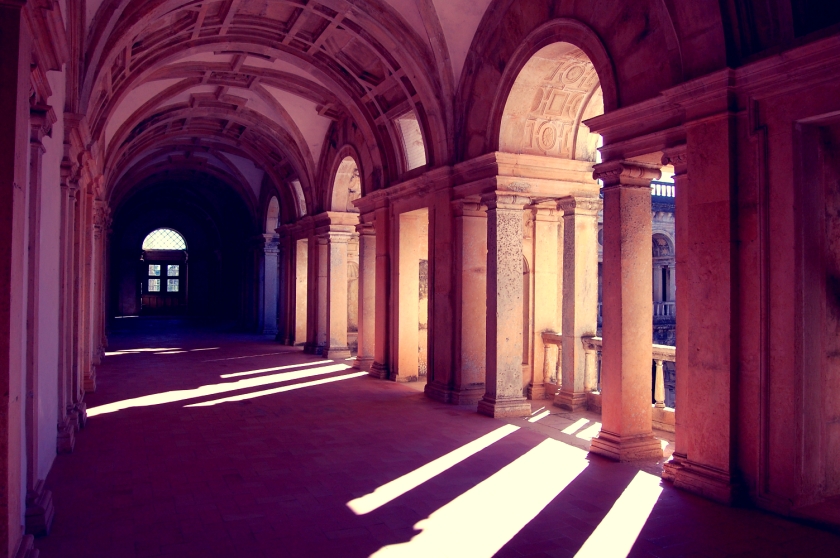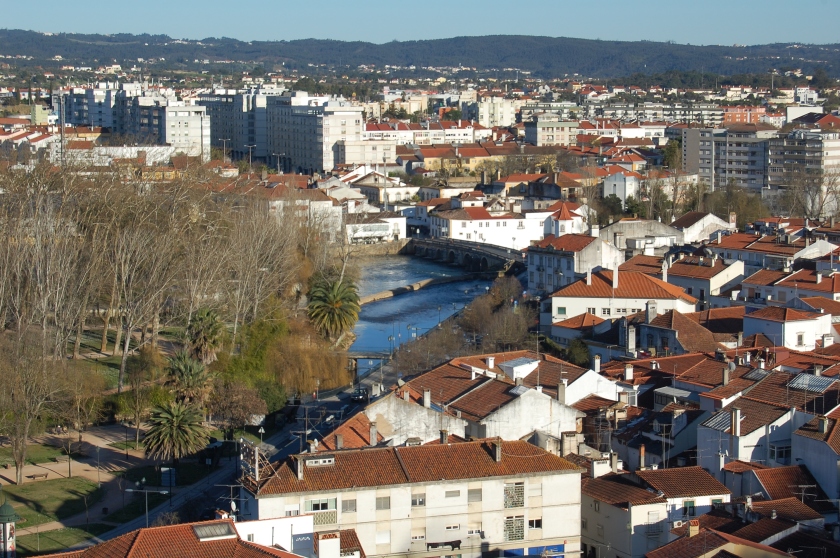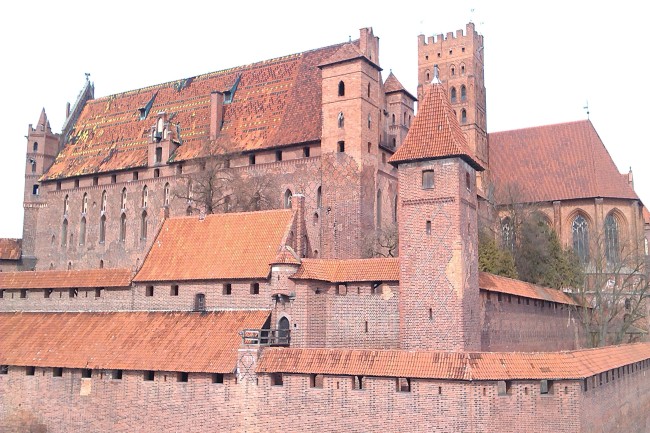The school year has ended which, for the European EFL teacher, tends to mean that there is a need to go back to Blighty. This is part will to see family and friends, part the culmination of a whole academic year of withdrawal symptoms from “proper” bacon, and the largest part, because you have to work in a UK based international summer school to make your modest salary stretch for the year. It ain’t glamorous, but it’s the reality. Now, as those of you familiar with the city of Bydgoszcz will know, the city is a simple, short Ryanair sardine can flight away from London. But, on this occasion, I decided the best route was via the overnight train to Kraków. This is not simply because I’m a madman, but rather because I wanted to see a band who were playing there, and catch up with a friend.
So it was that on the 28th of June, I packed up all my worldly junk (that I couldn’t leave behind) and climbed aboard the late running 7:30pm, 9 hour train to the old capital of Poland, Kraków. Spotting the sleeping cars as the train pulled in, I jogged to the front of the train with my 20Kg of personal affects. Of course, there was another sleeping car at the back, where my bunk was located. After a brisk walk past 17 carriages of TLK express train, I finally found myself at coach 41 (don’t ask about the numbering, the coach adjacent to it was number 4!). I climbed on and fished out my printout with my berth number on it. I got to the door of my bunk, popped my head in and found a 40 something Polish lady. “Dzień dobry!” I greeted her. She looked a little flustered and asked me if I was aware that I’d be sharing my cabin with 2 women. I was pretty confused. During the online booking process I had been asked 3 times to state my gender, to ensure that exactly this kind of thing couldn’t happen. I used my best Polish and my most emphatically apologetic facial expression to tell her that I was sure this was not supposed to happen, but that if they didn’t mind, I wouldn’t make a fuss, or be any trouble to them. With a big smile, she assured me it was no problem and I hefted my luggage onto the shelf near the ceiling of the cabin.
Within moments a small train attendant had appeared behind me and began speaking to me in lightning fast Polish, advising me that I was to sleep in a different cabin. I said ok and began to fetch down my bag. “Deutsch?” he asked me. “Nie, jestem Anglikiem” (I’m English) I replied. Nevertheless, he had decided the way forward was to talk to me in German from here on in. He showed me to a cabin, with an older gentleman, who was settling down with a huge sandwich and a can of beer on the pre-bed-arrangement sofa of my new cabin. As I walked into the cabin with my rucksack, the two forty-something women made crying and kiss blowing actions in my direction – perhaps it had been a lucky escape after all! I greeted my travelling companion, ditched my bag on the same roof-level shelf, and then went to the window to wave goodbye to my lady.
We set off quickly and the old fella began to explain to me, in Polish, with gestures (this guy could definitely be a language teacher!) how to assemble the bed, how to use the magical sink in the cupboard and that I got one free cup of tea or coffee, to be taken at the time of my choice. He also thrust into my hand a pre sealed bag with a complimentary towel, soap, ear buds (I can’t use these any more – doctor’s orders!) and some other general looking-after-yourself paraphernalia. ‘This is alright,’ I thought to myself, sitting down and tucking in to my own large sandwich. After my sandwich, rueing my decision not to grab a beer, as the old fella supped his cold Kasztelan Niepastoryzowany, I ordered a tea from the efficient little train man, which came with a strange toffee croissant. Naturally I ate it, in spite of the strangeness. After a few hours, not long before the train was due to arrive at Łodż, around 11pm, my companion helped me fashion the sofa back into a second bed. We unrolled our ingenious roll-mats with pre-prepared bedding and each went off to different bathrooms to brush our teeth. We came back, got into our beds and switched out the lights. The bed was remarkably comfortable and I remarked to myself internally that I would be able to get a good amount of sleep. And then he started snoring. In my life, I have known and shared hostel dorms with a variety of snorers, some relatively quiet, some louder than a brown bear with no lunch. This fellow beat them all, and also beat the sound of the train engine as it whistled through level crossings in the Polish countryside. If I said I had slept for 2 hours, I would be hugely exaggerating.
When the knock on my door came at 4:45am and the still-cheerful conductor put his head round the door to tell me we were approaching Kraków, I felt like I had been at a festival for 3 days. Sleepless and with zero motivation to move myself anywhere. But, not wanting to end up in some distant mountain village, I dragged myself up and out to the door, with my belongings. It was an overcast, fresh morning in Kraków, but I decided that the first priority had to be finding a coffee. Standing, gleaming in the booking hall of Kraków Głowny was a Lavazza machine. I ordered an extra strong cappucino from the machine and went to sit in the waiting area with 4 travellers and about 35 tramps. I sipped my coffee while I watched successive security guards walk around in circles, tapping sleeping homeless people every time they dropped off to sleep, to wake them up, occasionally asking if they were train travellers, to which they of course gave the pre-planned lie “yes, of course.”
Once the coffee was gone, it was time to dump my things at my hostel. I wandered across the square in front of the big, old station through a haze of fine rain and then through the underpass to ul. Westerplatte, where my hostel was located. I walked in and helped the sleepy attendant find my booking on his computer. He advised me that my bed would not be available until at least 12pm, so I duly left my belongings and, with only my camera, I crossed the road to the walled garden park and decided to attempt to find breakfast.
On arriving in the main square, I found the place almost totally deserted. I passed a group of German or Austrian guys who were on their way from a club to a kebab shop, in a stagger and then, naturally, I heard – from a full 80m or so away – the British party troop striking up with a verse of “God Save the Queen.” I can’t help but think that Liz would not have been impressed. Finding that nowhere was open for breakfast, I tried to focus on the positive thing, that I was all but alone in Krakow’s main square on a Saturday in mid-summer. So I decided to make the most of the opportunity and took some tourist-free photos.


Finally, when I thought I was just going to have to join the pigeons and sleep in the giant head sculpture, the scourge of modern food – McDonalds – opened its golden arched doors and I rushed in to request still more coffee and any kind of bread-filled-with-pork-products that they saw fit to give me. I stuffed my face thoroughly and read the day’s news on my phone. By the time I was finished, it was 9am. I had wasted a lot of time, very effectively. But I still had 3 hours before I could get my head down for a nap. So I wandered some more, happening upon new sights (as you always tend to in a city as littered with them as Kraków is!) One of the most beautiful was the coutryard at the front of this convent. Strangely located amongst a whole raft of basement dancing clubs, it still managed to have a certain order and peace about it.

From here, I went back into the old town and found a cafe where I could order a vat of coffee and charge my telephone, which I would need later on. I sat and quietly read, and drank and forcibly held my eyes open. At 11:30, I returned to my hostel, paid for my stay, put myself in a horizontal position and had a very deep 2 hours of sleep.
I woke up fresh and decided that the best thing for it was a late lunch/early dinner at my favourite burger restaurant on earth: Moaburger. Those who know me in real life will know that I am on the mailing list for their burgers of the week, even though I live 600km from the nearest restaurant. It’s fair to say that I like this place. I went inside and had the week’s special burger – beef tandoori, with a spiced patty, Indian salad, a slice of fresh fried onion bhaji and a side (bucket) of chips. I filled my face and drank an ice tea and, finally, felt ready to go to the concert venue. I went to see Solefald – a truly insane Norwegian avant garde metal band. They didn’t disappoint, in excellence or weirdness. I met a couple of really nice and interesting people from a tiny town in the mountains, who were at the show and spent time with a friend. All in all, a great night. I meandered back to my hostel at about 1:30am and crashed into a deep, satisfying sleep.
Waking up on Sunday morning was one of those glorious times where, after a sustained period of shattering tiredness, you finally feel rested again. I got out of bed, showered, shaved and felt like a human being, as I sat down to breakfast in the hostel. I decided that today I was really going to do some exploring of the city, in particular the eclectic, eccentric Jewish quarter. So, after breakfast, I packed away my things and left the hostel with my camera. I had been looking at the map and realised that one of the places I had never seen properly in my previous visits to Kraków was the huge Wawel castle. Time to correct this situation. So I walked to the end of ul Westerplatte and veered right to the huge red brick building. As I came down the side of the entrance and main tower, I managed to get a few photos.

Just around the corner from this tower (beyond the 24 hour fast food joints, opposite) is the mighty Wisła river (Vistula). This river really is everywhere in Poland and here it strikes a great curve along the edge of the castle itself. On the riverbank, next to the Tourist Information Centre, are some advertising hoardings but, in keeping with the castle theme, they’re all in the shape of turrets, of various colours. It’s a nice effect.



A little further along the bank, past a market of touristy junk stalls is a “rock dragon”. It really does look quite authentic and potentially quite scary but, on this occasion, the toddler climbing on it detracted from the fear factor.


After the dragon and passing the southernmost turret of the castle structure, I walked on down the main path to the boundary of the Jewish quarter. As you turn in, you realise that the polish of the old town is absent here. Everything is a little more run down, but the place feels so much the better for it. The view that greets you as you enter via one of the main streets is a great example:

But once you’re here, you find yourself in a world of interesting graffiti, quaint antique cafes, people with stupid hair (I’m a fine one to talk!), communist relic cars, and so much more. It’s a vibrant lively place and, despite the sense you get that things are in a state of some disrepair, you can’t help but be moved by the charm of the place. You’ll also find some of the best food and coffee in the city. So it was that I parked myself at this cute little cafe (that seemingly has no name).


What a great, atmospheric place it was; piping out French 1920’s cabaret music with a host of interesting pieces of (unmatching) antique furniture. The coffee was also excellent. From here, I just wandered, taking snaps where I could, trying to capture some of the essence of this fascinating place.






I had decided to resist the extraordinarily tasty zapiekanka in the Jewish quarter this time. This Polish classic – simply cheese and mushrooms on sliced, baked bread, with a variety of mouthwatering toppings – is a real specialty here. I had tried it on my last visit and been left salivating about it in my dreams for weeks. But this time, I wanted to go somewhere different. So it was that, opposite the New Square, amongst all the hubbub of the secondhand clothing market, I found a window spot in the intriguingly library-esque Alchemia. Specialising in street food, I ordered some meatballs with a flatbread, salad and tatziki and a cold glass of Książęce Ciemne Łagodne, for me one of the best black beers around. I sat and watched the goings on at the market while I ate.

The food and drink were superb and I decided, after this, to head back into the city. As always seems to happen when I’m going anywhere, I found this little fellow watching me from a window.

Just as I was nearing the old city, my phone buzzed and one of my colleagues from Toruń had got in touch to tell me she’d be arriving in Kraków that afternoon. So I hurried back to my hotel to get in touch and arrange to meet.
By the time I got hold of her, she was already ordering food at a restaurant. As a bit of time had passed by since lunch, I decided it would be a good idea to join. So I went along to Sioux and ordered some kind of chicken and bacon kebab thing. The important thing here was the inclusion of two different types of dead thing. Delicious. There was also some salad.
So we sat on the edge of the rynek, ate well and discussed life, her time in her new job in Opole (just north of Kraków) and her impending CELTYL training, which was starting the following day. Having done it the previous September, I felt able to pass on warnings and scaremongering about mountains of work and relearning everything you though you knew, etc.
From here, we moved on to the House of Beer, one of my favourite pubs in Kraków. I like this place, not only because of the exhaustive selection of beers, but also because it’s 2 streets back from the rynek and yet manages to have a beer of the day (Piwo dnia) for 5 złoty, which really is an extraordinarily small amount of money and it will usually be something great. I also felt, as Ann was to spend 2 weeks here, it might be best if she know about this great beer emporium. After another hour or so of chit chat and a couple of swift pints, we decided that we should probably head back to our respective accomodation. She was up early for training and I was up early for the airport. I headed back to the hostel, feeling like I’d had a great day and seen a lot more of the city. Within 15 minutes, I was snoozing.
The alarm started buzzing in my ear a little too soon for my liking and the four beers of the previous night had left my head feeling a little heavy. But, surprisingly quietly, I got my things together, showered and disappeared off towards the station, picking up a pastry and a coffee on the way. I got on the futuristic (by Polish standards) train to Kraków Balice (where the airport is) and sat down ingesting pastry and caffeine. I immediately started to feel much better. On arrival at the airport, after just 20 minutes of super smooth travel on one of PESA’s finest locamotives, I grabbed a bottle of water and joined the huge queue for Easyjet’s bag drop. It seemed that I was travelling to London on the same day as the “indoor hard court bicycle polo” squad. Apparently that’s a thing. It was too early to either attempt to figure out, or ask what the hell that meant.
I got aboard the plane with the relative luxury of a pre-reserved seat (a new time saving policy by Easyjet, which is just brilliant!) which had me near the back of the plane, by the window. Once in the air, I switched my phone on, opened my Kindle app and started reading. I had a cup of tea from the in-flight service people and was having a great flight. As we came in towards Southend to land, I even spotted the offshore windfarm, which made for quite a sight.


Sadly, this was where it all went a bit wrong. The “Fasten Seatbelt” signs came on for landing, so I belted up and waited. We came down over the sharp coastline and all was well until, just after the captain had said “Cabin crew, seats for landing,” we began to climb at a rapid rate. Lots of tannoy announcements about how normal this was followed, until finally the captain came back on, to announce that a flock of birds had been spotted seconds before landing, which could have caused critical damage to the aircraft. He hoped they would move. Evidently I and all the other passengers hoped so too. Eventually, we landed smoothly and escaped unscathed, but I admit to feeling a little unnerved by the experience. What unnerved me all the more though, was stepping off the plane into a Great Britain soaked with… summer sunshine!



















